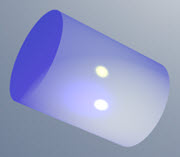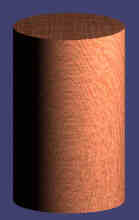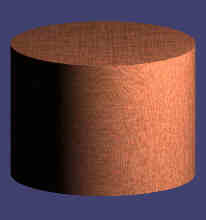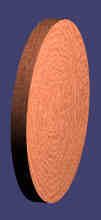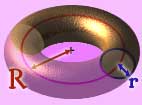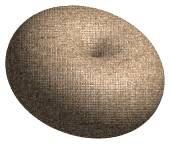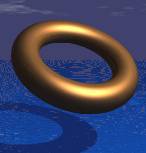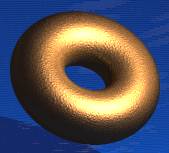Calculus (from Latin calculus, literally "small pebble used for counting on an abacus")is the mathematical study of continuous change, in the same way that geometry is the study of shape and algebra is the study of generalizations of arithmetic operations. It has two major branches, differential calculus(concerning rates of change and slopes of curves),and integral calculus (concerning accumulation of quantities and the areas under and between curves); these two branches are related to each other by thefundamental theorem of calculus. Both branches make use of the fundamental notions of convergence of infinite sequencesand infinite series to a well-defined limit. Generally, modern calculus is considered to have been developed in the 17th century byIsaac Newton and Gottfried Leibniz. Today, calculus has widespread uses in science,engineering and economics.
Calculus is a part of modern mathematics education. A course in calculus is a gateway to other, more advanced courses in mathematics devoted to the study offunctions and limits, broadly calledmathematical analysis. Calculus has historically been called "the calculus ofinfinitesimals", or "infinitesimal calculus".Calculus (plural calculi) is also used for naming some methods of calculation or theories of computation, such aspropositional calculus, calculus of variations,lambda calculus, and process calculus.
